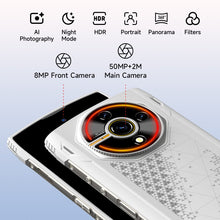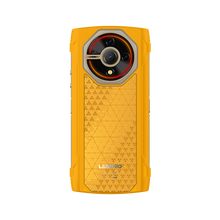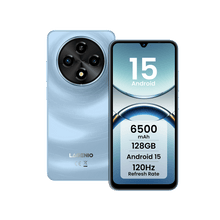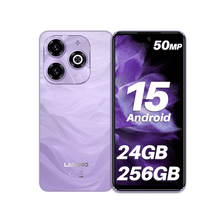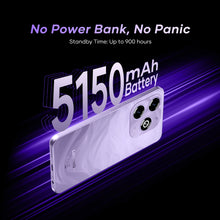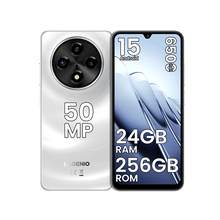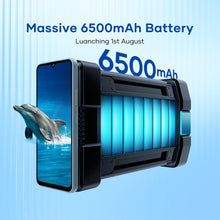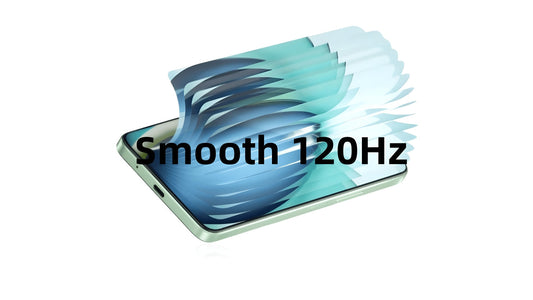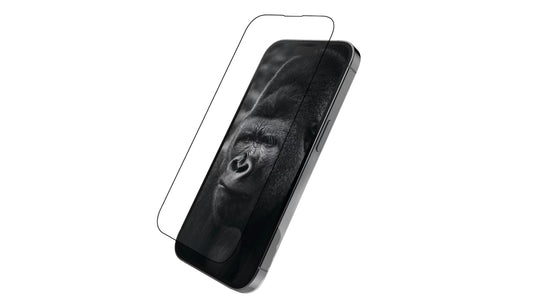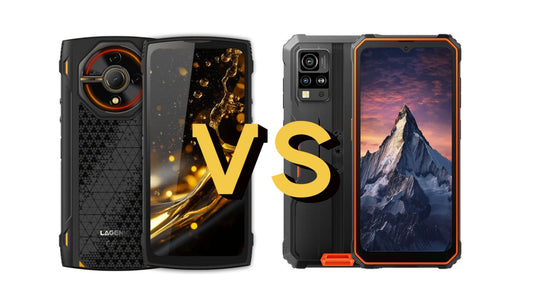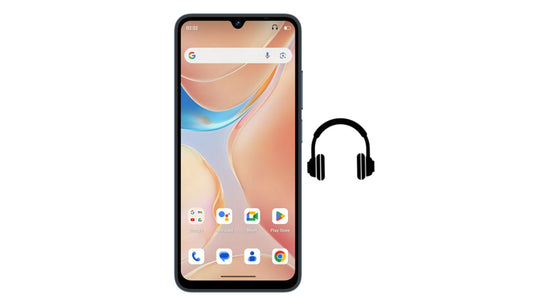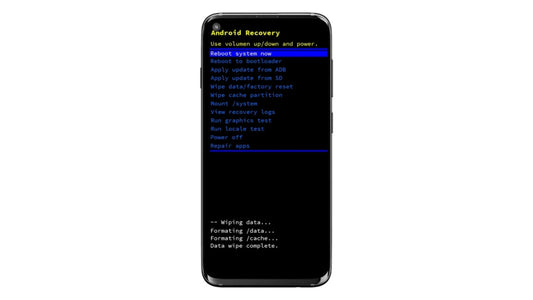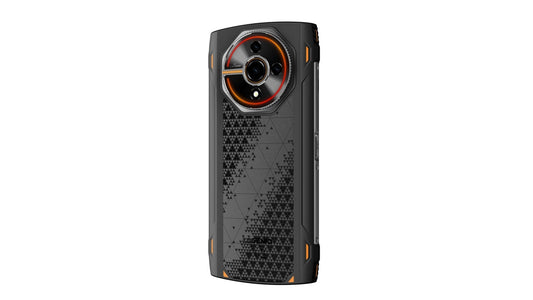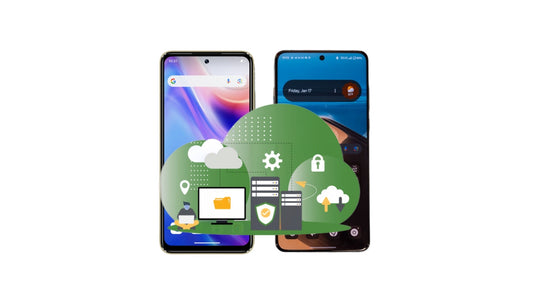What Is Refresh Rate? How 120Hz Makes Your Smartphone Feel Super Smooth
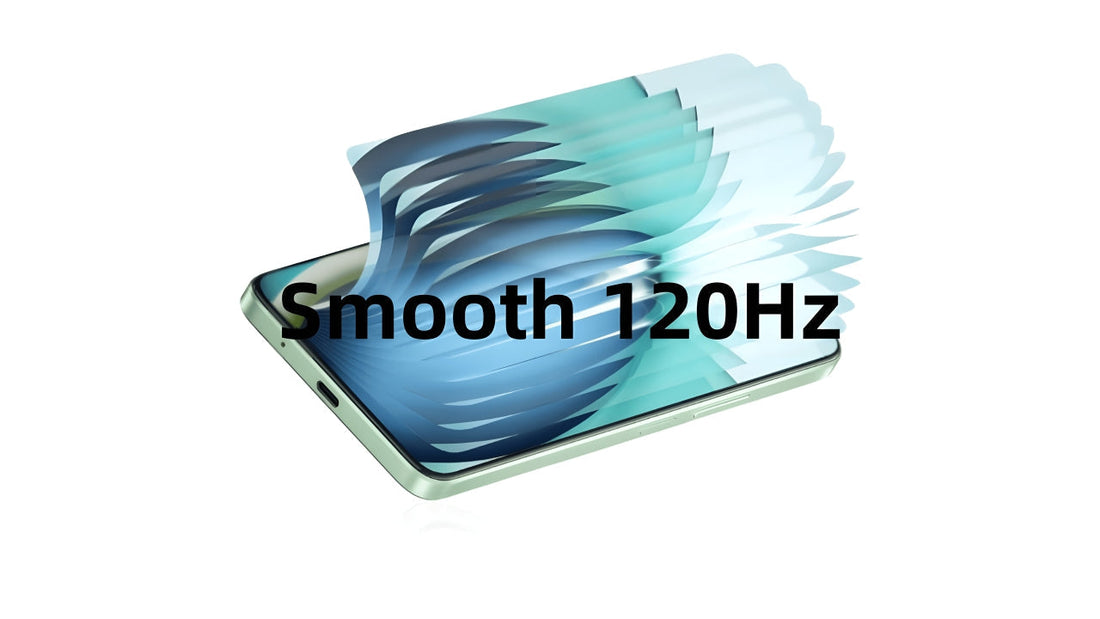
Welcome to the LAGENIO Smartphone Blog — where your mobile questions get clear answers.
Have you ever noticed that some smartphones feel super smooth when you scroll through apps, while others feel a bit “choppy”? A big reason for this is the refresh rate, especially high-speed screens like 120Hz, which make animations and scrolling buttery-smooth. Don’t worry if you’ve never heard the term—by the end of this article, you’ll know exactly what refresh rate means, why 120Hz is special, and how it affects everyday phone use.
Refresh Rate 101: The Basics
Refresh rate, measured in Hertz (Hz), is basically how many times your phone screen updates the image every second.
- A 60Hz screen updates 60 times per second.
- A 120Hz screen updates 120 times per second.
The higher the number, the smoother everything looks. It’s like flipping through a photo album really fast versus slowly—the faster you flip, the smoother the motion seems.
How Refresh Rate Affects Your Daily Life
Here’s where it gets interesting: a higher refresh rate doesn’t just make scrolling look nice—it actually changes how your phone feels.
- 60Hz screens: Standard smoothness. Perfect for browsing, messaging, or watching regular videos.
- 90Hz screens: Noticeably smoother. Great for scrolling through social media or light gaming.
- 120Hz screens: Ultra-smooth. Perfect for fast-paced games, animations, and all-around snappy performance.
- 144Hz and beyond: Gamer paradise. Professional-level responsiveness for competitive gaming.
Many modern phones also use adaptive refresh rate technology, which adjusts the screen’s refresh rate depending on what you’re doing. For example, it might drop to 60Hz when reading a static page to save battery, then ramp up to 120Hz when you’re scrolling or gaming.
Why 120Hz Isn’t Always the Same
Even if a phone claims 120Hz or higher, the actual experience can vary a lot. Here’s why:
- Hardware (Screen Panel Type): OLED/AMOLED screens are faster and smoother. Lower-end LCD panels may still show ghosting or lag, even at 120Hz.
- Processor and GPU Performance: High refresh rate screens need the CPU/GPU to generate enough frames. A weak processor may only push 30–60FPS in demanding apps, so the extra refresh rate is wasted.
- System Optimization & Adaptive Tech: Apple’s iPhone ProMotion can intelligently switch between 10–120Hz depending on usage. Some lower-end phones lack proper optimization, making scrolling or animations less smooth.
- App Support: If the app only runs at 60FPS, you won’t see 120Hz smoothness, no matter what your screen can do.
- Battery & Power-Saving Modes: Some phones lower the refresh rate automatically in power-saving mode or at low battery to extend usage.
Bottom line: Just because a phone says 120Hz doesn’t mean it will feel the same as a flagship device. Panel type, hardware, system optimization, and app support all play a role in the actual smoothness.
Refresh Rate vs Frame Rate: The Difference
You might also hear the term FPS (frames per second), especially when talking about gaming. Here’s the difference:
- Refresh Rate (Hz): How many times the screen updates per second
- Frame Rate (FPS): How many frames the phone is generating per second
Even if you have a 120Hz screen, if a game is only running at 60 FPS, you won’t get the full 120Hz smoothness. On the flip side, if your phone generates 120 FPS but your screen only supports 60Hz, you’re not seeing every frame. Ideally, refresh rate and frame rate should match for the smoothest experience.
Is High Refresh Rate Worth It?
For most people, even 90Hz feels great in daily use. Gamers and those who love the snappiest experience might prefer 120Hz or more. The good news is, with adaptive refresh rate technology, phones are getting smarter—giving you the smoothness you need without draining the battery too fast.
So next time you scroll through your apps or play a mobile game, pay attention to how smooth it feels. That’s the refresh rate in action!


